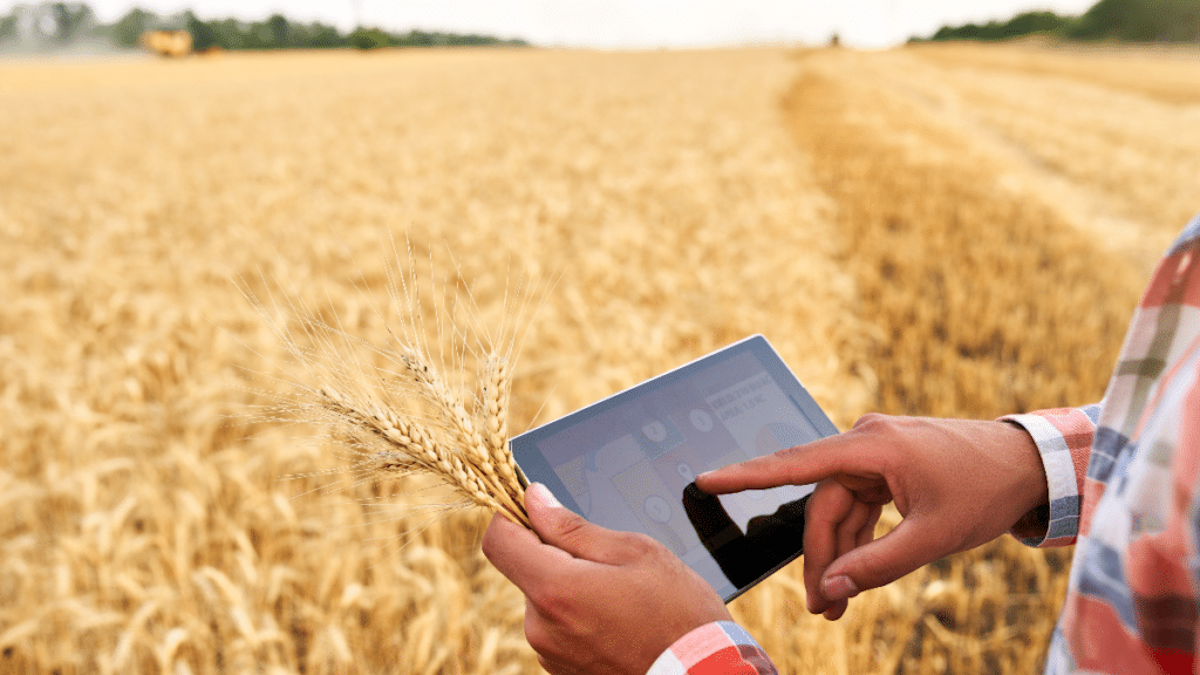As rural communities face mounting challenges—ranging from generational decline and land abandonment to the pressures of climate change—the integration of advanced technologies has become not only relevant but essential. Among these, artificial intelligence (AI) stands out as a transformative force capable of reshaping the agricultural landscape

The relationship between humanity and rural environments is as ancient as civilization itself. From the dawn of sedentary life through agriculture and animal domestication, rural societies have been the foundation of food production and societal development. However, in the 21st century, this historical legacy faces complex challenges—chief among them, an aging population of agricultural workers, land abandonment, and a disconnect between rural life and younger generations. At the same time, unprecedented opportunities are emerging through technological innovation, particularly through the implementation of artificial intelligence (AI) and digital tools.
The inaugural edition of the Fair of Agriculture and Livestock (Expo SAGRIS) has emerged as a key platform to reflect on these issues and present both public and private initiatives that aim to redefine the future of rural areas. Positioned as a meeting point between the countryside and the city, this event seeks to showcase how innovation, sustainability, and the digital economy can be harmonized with agricultural tradition. SAGRIS features a diverse range of stakeholders, including organizations like the Coordinator of Farmers and Ranchers Organizations (COAG), COEXPHAL, and representatives from regional governments. These actors collectively aim to raise awareness about the structural challenges facing rural regions while also highlighting concrete pathways toward sustainable rural development.
One of the most pressing issues is the lack of generational renewal in rural sectors. According to the Spanish Ministry of Agriculture, over 41% of rural landowners are older than 65 and are reaching retirement age. However, a majority of their heirs are reluctant to continue working the land, perceiving agriculture as physically demanding, economically precarious, and disconnected from the digital lifestyles of modern youth. This generational disinterest has led to the progressive fragmentation and abandonment of farmland. Over 2.3 million hectares of arable land are currently out of use—an area equivalent to the entire Valencian Community.
Policymakers and agricultural organizations acknowledge that reversing this trend requires more than financial subsidies; it necessitates a structural reimagining of rural life. As Noemí Manzanos, Minister of Agriculture in La Rioja, notes, agriculture must become not only economically viable but also socially appealing for new generations. She emphasizes the importance of reducing bureaucratic complexity and modernizing rural services—such as transportation, internet connectivity, and educational infrastructure—so that rural areas can offer a standard of living comparable to urban centers.
In this context, artificial intelligence emerges as a transformative force with the potential to radically improve the attractiveness, efficiency, and resilience of the agricultural sector. Universities such as the University of Córdoba are leading efforts to bridge the gap between tradition and innovation through specialized programs like the Chair in AI and Agriculture, which focuses on developing intelligent tools that address specific needs in agriculture. These initiatives highlight the tangible ways in which AI can be integrated into daily agricultural practices: from predictive analytics for crop yield optimization to digital twins that simulate farm operations in real time.
Digital twins, for example, can replicate an entire agricultural plot—such as an olive grove—allowing farmers to experiment with irrigation patterns, nutrient cycles, or climate conditions without incurring real-world risks or costs. Before implementing a new irrigation system, farmers can simulate its performance under different environmental conditions, helping to anticipate failures and fine-tune the system for optimal water efficiency. This is particularly critical in regions like Murcia, where water scarcity requires a highly precise management of resources. Local authorities there are already deploying soil moisture sensors and automated irrigation systems informed by AI models, enabling more sustainable practices and minimizing waste.
Moreover, autonomous tractors, drones, and smart cameras equipped with AI-driven vision systems can detect diseases, monitor plant health, and even identify weeds for targeted pesticide application. These technologies reduce labor intensity and make agricultural work more appealing to digitally literate youth. AI-driven platforms can also support farm management with real-time data dashboards, financial planning tools, and even virtual assistants that provide recommendations based on historical and sensor data.
Beyond increasing productivity, the integration of AI in agriculture may help address some of the social challenges of rural life. By creating a knowledge-intensive and technologically sophisticated agricultural sector, governments and institutions can offer new forms of employment that go beyond traditional manual labor. Roles in data science, agritech engineering, and remote farm monitoring could attract professionals who are currently disconnected from the rural world, potentially creating a hybrid labor market that blends rural production with urban innovation.
At the European level, the European Commission has made generational renewal a strategic priority. Its 2040 objective is to double the number of young farmers so that at least 24% of agricultural workers in the EU are under the age of 40 or newly incorporated into the sector. This policy shift reflects a broader recognition that food sovereignty, ecological resilience, and demographic balance all depend on revitalizing the primary sector. In Spain, however, only 7.7% of farmers are currently under 40, underscoring the urgency of national and regional strategies to accelerate youth integration.
Autonomous communities across Spain are taking localized approaches to these challenges. In La Rioja, the government has increased first-time farmer installation grants by 20%, from €40,000 to €48,000, and is considering more flexible integration models that allow newcomers to combine farming with secondary employment. In Almería, organizations like COEXPHAL are investing in workforce training, workplace safety, engineering support, and renewable energy projects, such as installing photovoltaic panels in processing facilities.
Meanwhile, the Balearic Islands face unique obstacles due to their geographic isolation. According to Fernando Fernández Such, Director General for Agriculture in the Balearic Government, logistics and transport limitations require the region to develop a localized, high-value agricultural economy. Interestingly, he notes that recent generational shifts have seen grandchildren return to farming after a generational hiatus during which their parents were employed in tourism. This illustrates that a cultural and economic revaluation of agriculture is possible—especially when combined with innovation and community support.
The convergence of AI, digitalization, and sustainable policy is not merely a technological upgrade but a fundamental reconfiguration of how rural societies can function in the 21st century. Artificial intelligence offers more than tools; it offers a vision for a smart, efficient, and inclusive rural future—where agricultural work is no longer seen as a remnant of the past, but rather as a critical pillar of modern society.


